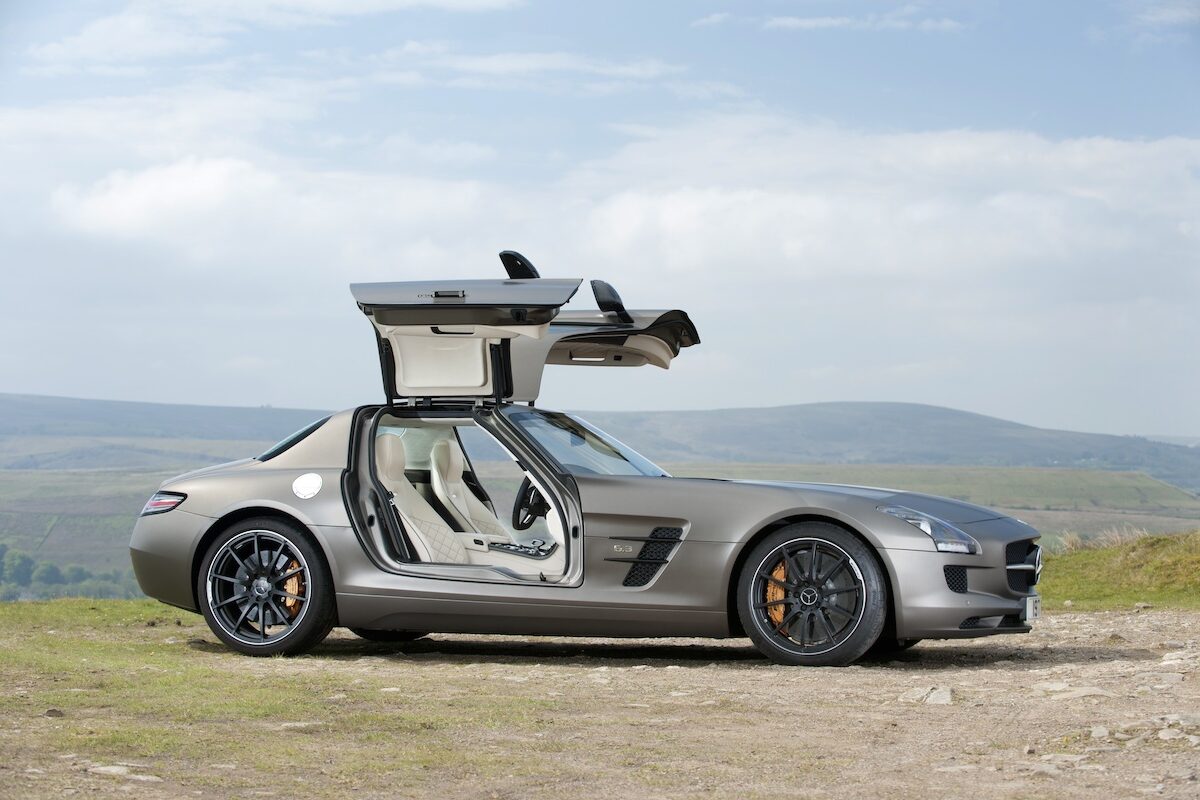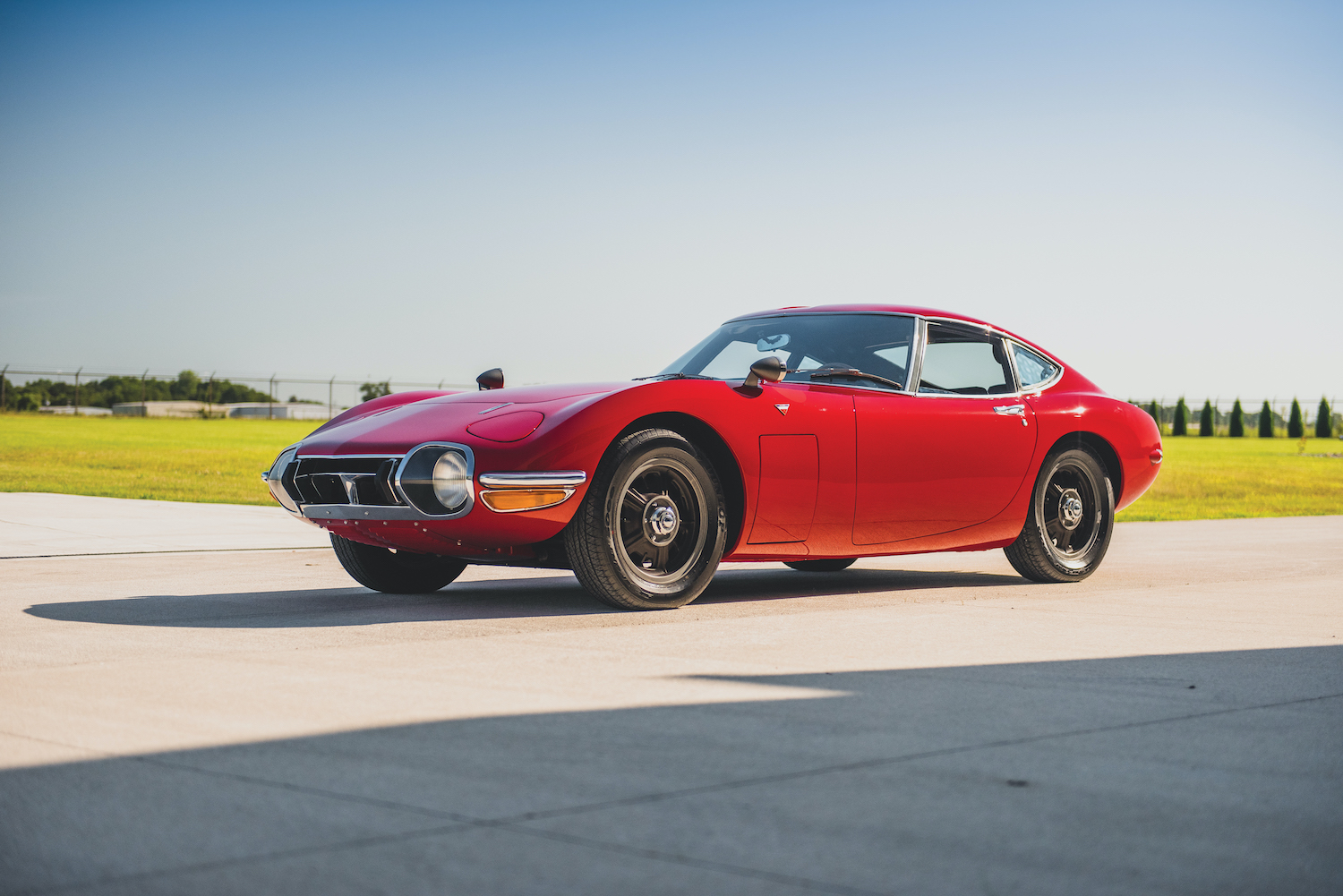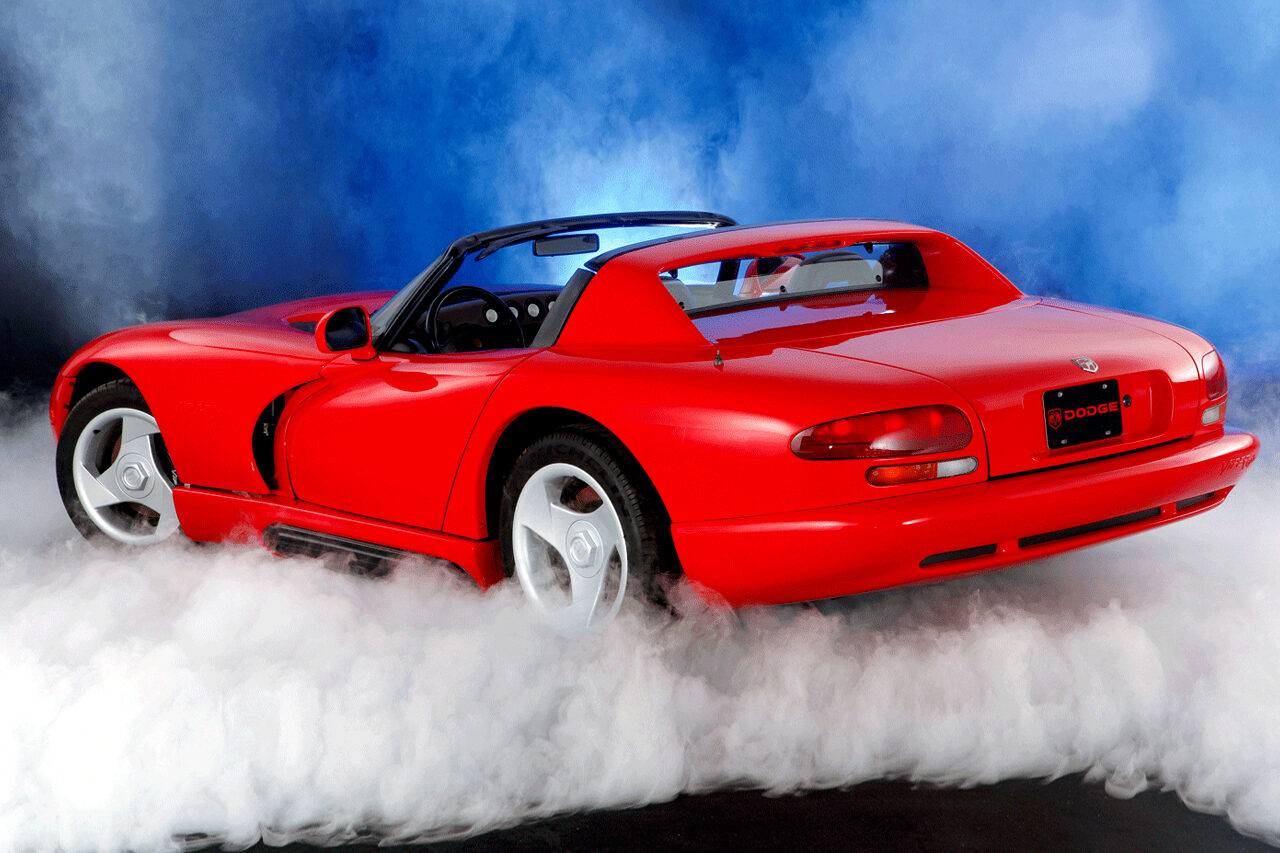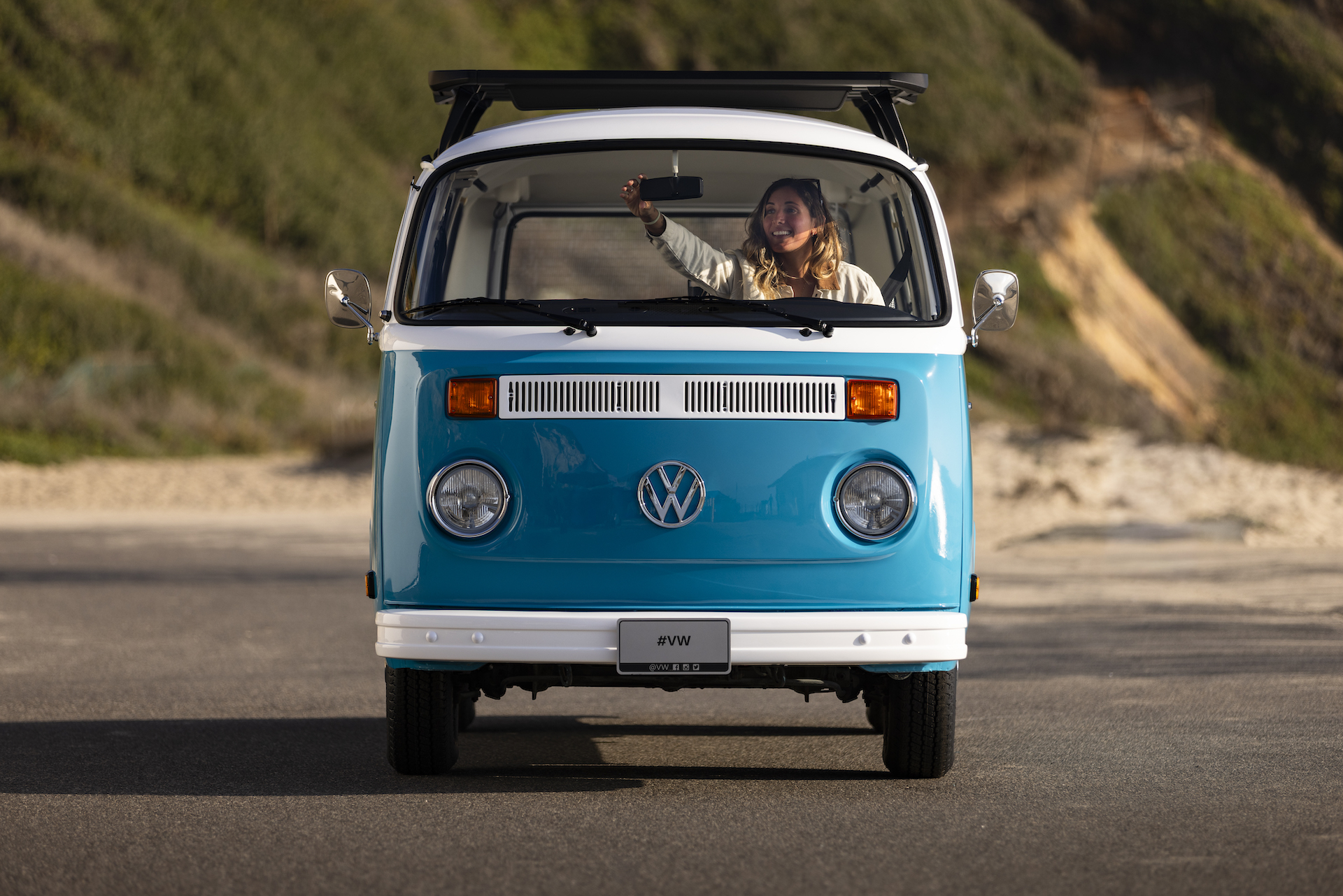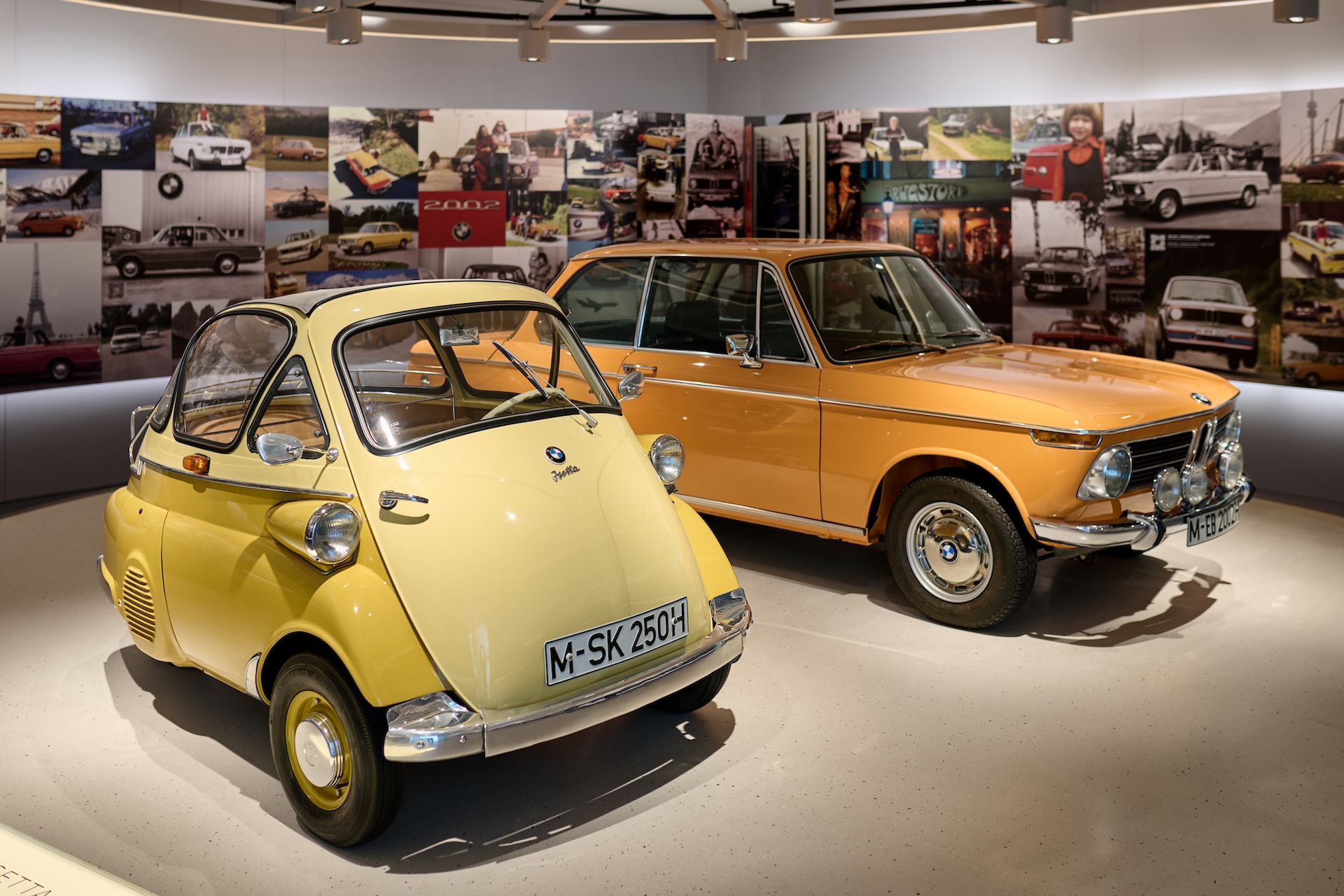Bathurst in 1967 hosted an uneven battle between Ford’s new 4.7-litre Falcon GT and Alfa Romeo’s 1.6-litre GTV. The Alfas lost by half a lap but won the admiration of many enthusiasts, some of whom went on to become passionate Alfa owners in the years following that race.
Alfa Romeo introduced its 105 Series in 1963, with styling by Giorgio Giugiaro of the Bertone studio. The first cars were Giulia GT coupes, followed in 1964 by a GTC convertible.
Early 105 Series cars featured a rorty twin-camshaft 1570cc engine that produced a perky 93kW, aided and abetted by a slick-shifting five-speed gearbox, all-wheel disc brakes and grippy Pirelli radials that instantly marked this as a driver’s car.
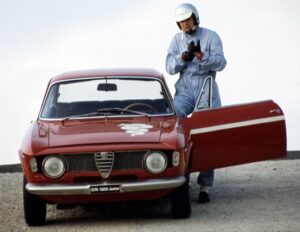
Alfa GTA 1300 Juinor
The range expanded in 1966 to include a 1.3-litre GT Junior and was further enlarged in 1972 when a 1.6-litre Junior was added.
By late 1967 the restyled and more powerful 1750 GT Veloce (GTV) model introduced a larger capacity 1.6-litre engine. At 1779cc the engine was more suited to an ‘1800’ designation but for the Turin-based carmaker the temptation to honour a famous Alfa designation from the 1930s was irresistible.
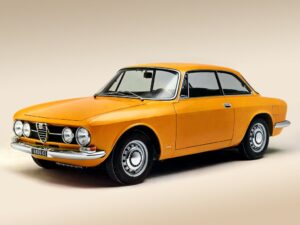
Alfa Romeo 1750 GT Veloce
The 1750 GTV looked more substantial than 1.6-litre cars but the only actual changes were more prominent wheel arches housing wider 14-inch wheels in lieu of the 1600’s 15-inch rims, some smoothing of the nose panel, and fitting a new grille with driving lights.
With 99.4kW from its double overhead-cam engine, the 1750 GTV delivered enough performance to keep other Europeans and most local V8s at bay. Top speed was an exhilarating 185km/h and the zero to 100km/h sprint was covered in a spirited 10.6 seconds.
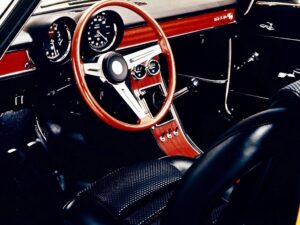
Wooden wheel and dash inserts
The ultimate 105 Series variation the 2000 GTV arrived in 1971, boasting 112kW of power and a significant 22 percent more torque than the original 1600 GT. Along with their added performance, 2000 GTVs gained bigger brakes, a limited-slip differential, and interior design changes that sadly eliminated some of the earlier cars’ characterful timber veneer.
With higher gearing allowing 100km/h cruising at less than 3000rpm, highway fuel consumption at a time of rising fuel prices bettered 10.0L/100km.
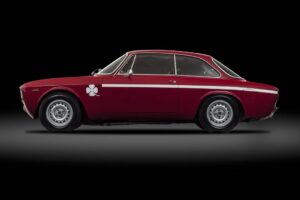
Timeless lines of 1300 Junior
All versions of the 105 Series coupe enjoy a strong following in Australia and internationally, so parts supply has remained consistent. Body rust left untreated will generate big repair bills, but the cars have become more valuable during recent years and now justify the cost of restoration.
Most valuable will be early Giulia 1600 GTs and 1750 GTVs, both of which might reach $100,000. Late series 2000 GTVs in good condition can be found at around $50,000.
Things To Watch Out For, When Buying a Used Alfa Romeo 105-Series Coupe (1963-77)
-
Previous rust repairs beginning to bubble again
-
Twists and dents in flimsy bumpers
-
Cracked and discoloured cabin timber
-
Boot release in door pillar not working
-
Oil sludge under filler cap
-
Valvetrain noise
-
Worn synchromesh causing gear crunch on down-changes
-
Failed brake booster requiring increased pedal pressure
-
Electrical problems including failed high-beam and wipers
-
1985$4,500
-
1995$16,000+255.56%
-
2005$15,750-1.56%
-
2010$21,000+33.33%
-
2014$30,000+42.86%
-
2019$80,000+166.67%
-
2024$65,000-18.75%1750GTV



